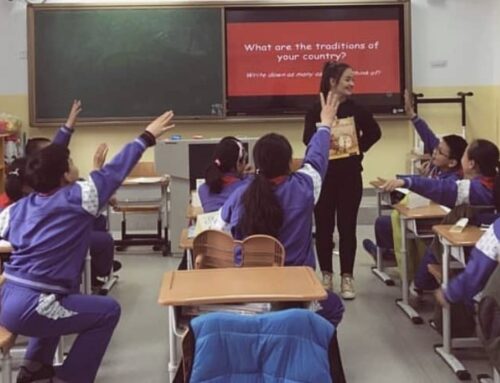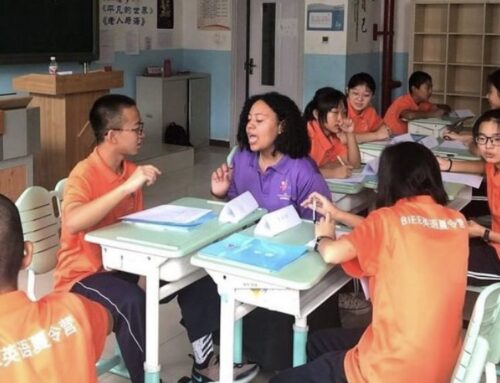We’re going back to primary school for the fourth part of our new series where we’re sharing real lessons plans that have been taught by our teachers to classes of students across the world. The goal of this series is to give you an idea of what a successful lesson plan looks like so you can create your own. Good lesson plans are at the core of positive relationships with your students, classes that assist in their progress, and a confident teacher who can deliver quality lessons.
This lesson plan is for primary school students who do not have a high level of English, it focuses on the alphabet.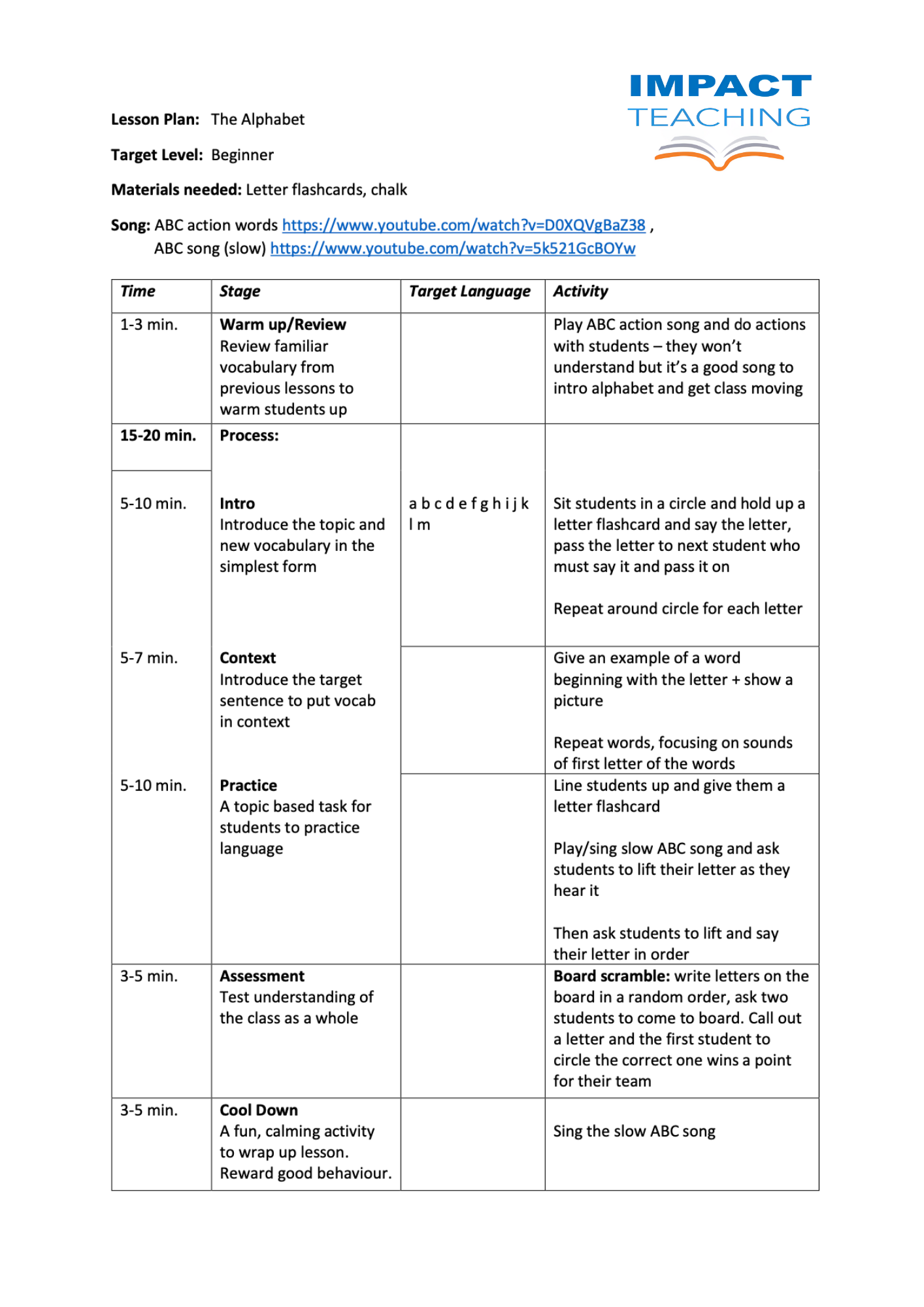
Warm Up
The warm part of this lesson plan uses a tried and trusted technique that works very well with young learners, a song. Even though they may not understand the content, the music will get them excited and some of the target knowledge will inadvertently get through to them. When a song uses kinaesthetic learning or body movements, like the one in this plan does, young students will become more engaged and link the content with the movements and sound. This is great for primary school students but won’t work as well with those that are older.
Introduction / Context / Practice
Normally, an introduction will involve the teacher presenting content to the class, whether that be vocabulary, sentence structures or anything else. But in this plan, because the students are younger, letters are the focus and a more engaging technique is used. Students sit in a circle and hold up a flashcard that each have a different letter on, each student says the letter then passes on for the next to do the same, and so on. Although this plan focuses on the letters A to M, any target vocabulary could be used here.
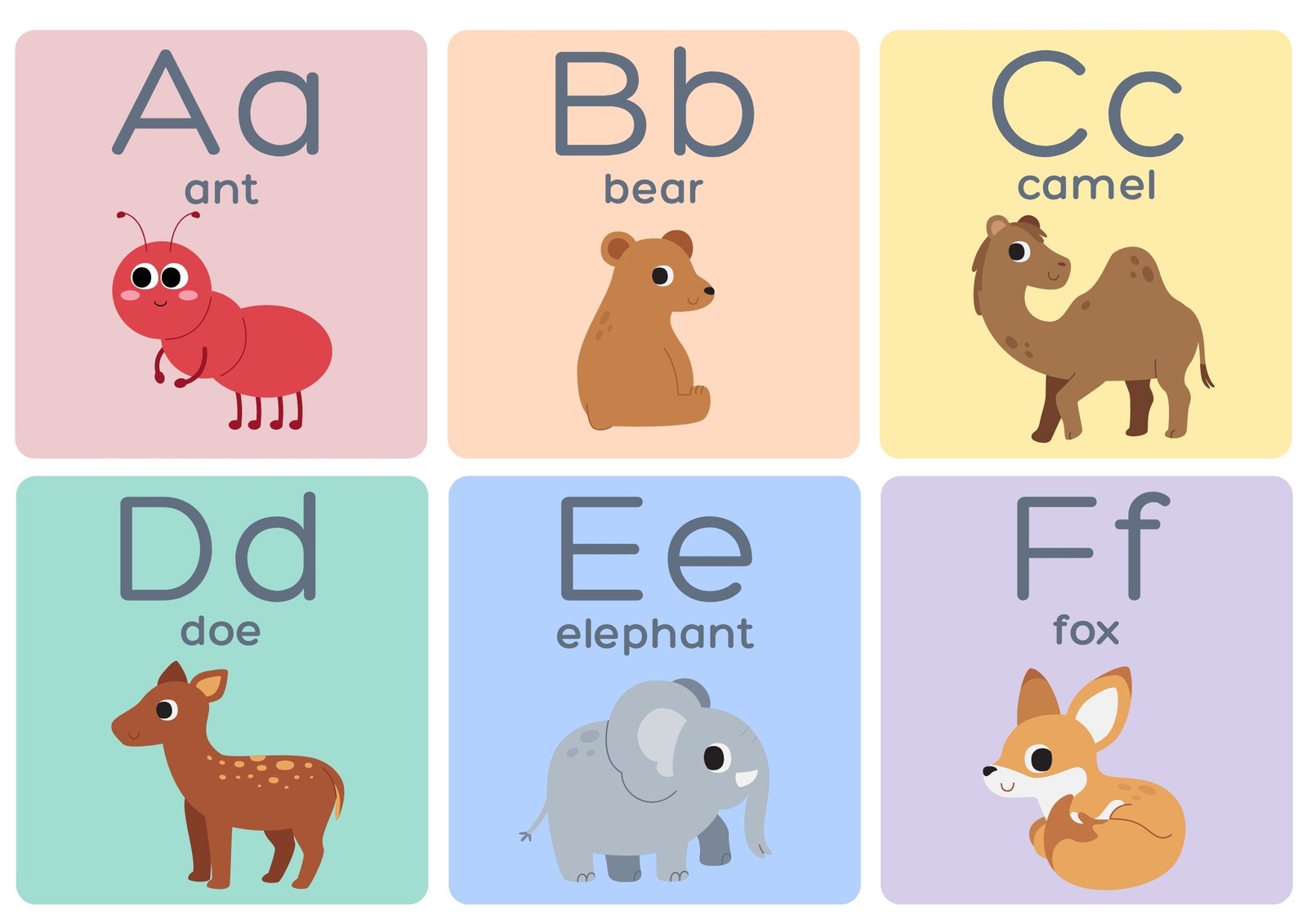 Next up is context, in this plan the teacher gives an example of a word beginning with one of the letters from the introduction, along with a picture. Students repeat the words, focusing on generating the sound of first letter with good pronunciation. This could be boring for students if not delivered well, so comedy and energy are important, and pictures will help keep engagement too.
Next up is context, in this plan the teacher gives an example of a word beginning with one of the letters from the introduction, along with a picture. Students repeat the words, focusing on generating the sound of first letter with good pronunciation. This could be boring for students if not delivered well, so comedy and energy are important, and pictures will help keep engagement too.
Now it’s time for students to use what they have learned in the practice section of the class, this plan uses a song and a game to keep interest and focus high. Students are each given one of the flashcards with different letters on and the ABC song is played or sung, they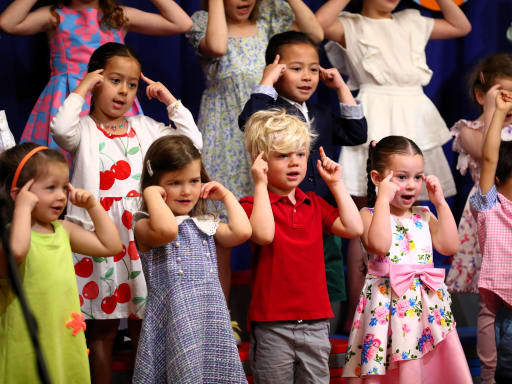 must raise their flashcard when they hear the letter on their flashcard. This game does not involve competition which is better for younger students who may be struggling with the content.
must raise their flashcard when they hear the letter on their flashcard. This game does not involve competition which is better for younger students who may be struggling with the content.
Assessment
During the assessment part of the lesson it is the teachers opportunity to see what their students have learned. This plan utilises another game that has a slight competitive edge, to push students to try their hardest. Letters are placed or written on the board, two students come up to the front and must touch the letter that the teacher calls out first, if they do so then they will get a point for their team. This is a fun and exciting way to engage the whole class.
Cool Down
Last up is the cool down, a chance to calm down the class whilst refreshing their memory of the lesson content. We arc back to the start of the lesson and go back to the ABC song, students will sing and do the actions, hopefully better than they did the first-time round.
We hope you have enjoyed and found value in seeing what a great lesson plan contains. As you can see, it isn’t rocket science and is nothing to be afraid of. Your first lesson plan will not be perfect but you will learn as you go, and you’ll be great!
If you have any questions, or want to know more about our programs in China, Thailand, Hungary and Poland, please get in touch here.


